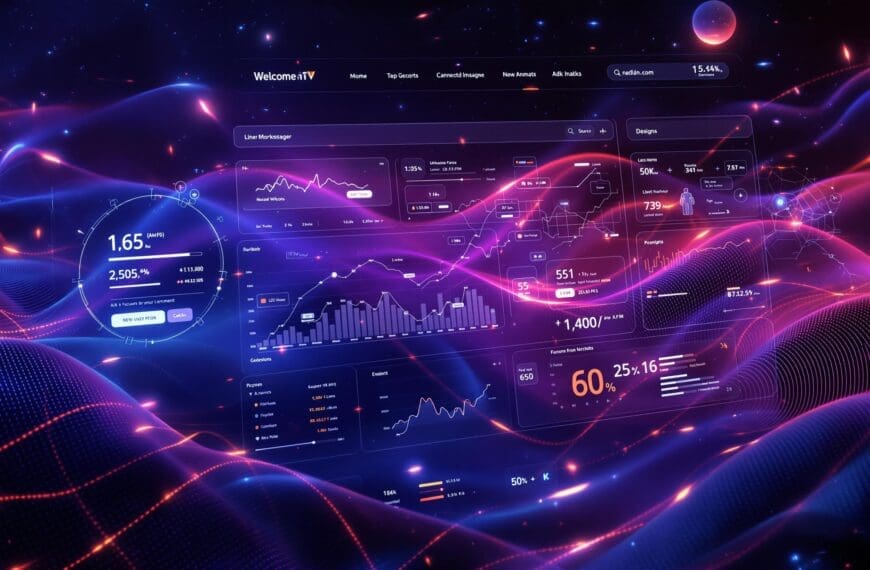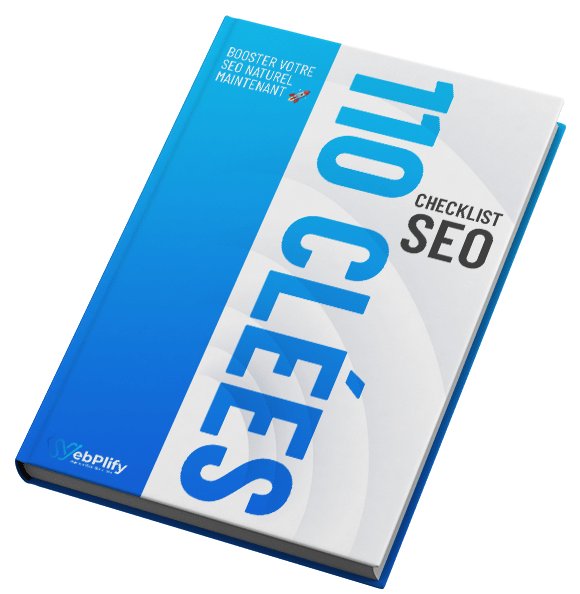✅ 7 key points to remember to dominate SERPs with enriched results Enriched results boost click-through rate (CTR) ➤ With visual elements such as stars, prices or FAQs, you’ll attract more attention in Google and increase your CTR by up to +40%. The JSON-LD format is the recommended method ➤ Easy to integrate, clean and compatible with all websites, it allows you to structure your data without modifying your HTML content. Certain types of markers are essential depending on your activity ➤ Examples: “Product” and “AggregateRating” for e-commerce “LocalBusiness” for local businesses “FAQPage” and “HowTo” for informative or tutorial sites Implementing structured data is simple with the right tools➤Use free tools like Google Rich Results Test, Markup Helper, or plugins like Rank Math / Yoast SEO for WordPress. Well-structured content makes it easier to enrich ➤ Remember to use H2s for FAQ questions, bulleted lists for steps, and to clearly display important info (price, availability…). A competitive audit often reveals opportunities ➤ If your competitors aren’t using certain markup (FAQs, reviews, events), you have a quick advantage to seize to stand out visually in Google. Enriched results are a strategic and measurable SEO lever ➤ More visibility, more clicks, more conversions. A case study shows up to +35% clicks and +28% impressions in 6 months after implementation. Are you struggling to stand out in Google’s search results, drowned out by the competition? Rich Snippets are a strategic opportunity to attract the attention of Internet users and optimize your SEO. Find out how to leverage structured data, JSON-LD markup and Google Search Console-validated best practices to boost your visibility on the SERP and convert more clicks with visually advantageous snippets. What is a Rich Snippet? Definition and fundamental principles Rich results are one of the fundamentals of SEO, and are additional visual elements displayed by Google in search results pages (SERPs). They include structured data such as reviews, prices or dates, extracted via Schema.org markup. Their purpose is to provide an immediate overview of a page’s content, making it easier for users to make their choice. These elements enhance the search experience by providing contextual information before the click, while boosting website visibility. By integrating structured data in formats such as JSON-LD, rich results provide Google with precise information about the content of a page. According to the Google Search Central documentation, this markup optimizes content recognition by search engines. This process relies on a standardized syntax, integrated into the HTML code, to transform raw data into elements that can be used by Google’s algorithm. Common types of enriched results Enriched results cover a variety of formats, including reviews (stars), recipes (ingredients, cooking times), events (dates, locations) and FAQs. Each type meets specific needs: reviews build trust for e-tailers, recipes attract cooking enthusiasts, and events facilitate local discovery. These formats increase the probability of clicks (CTR) by making the results more attractive. For e-commerce sites, reviews and prices are indispensable, while recipes benefit culinary sites. Local businesses benefit from “LocalBusiness” markup to display on Google Maps. HowTo” or “Article” formats attract readers looking for detailed explanations. The choice depends on the sector and the nature of the content, with priority given to valid structured data to maximize efficiency. The difference between enriched results and optimized extracts Comparison between Rich Snippets and Featured Snippets in Google search results Criteria Rich Snippets Featured Snippets Position in SERP Integrates with classic search results, enriching the display Appears at the top of results, before organic results (Position 0) Display format Adds visual elements to a standard result (stars, prices, dates) Presents a separate block with a direct answer to a question Information source Uses structured tagged data (schema.org) Automatically extracts visible content without specific markup Type of information displayed Rating stars, prices, dates, ingredients, preparation time Text summary answering a question, or step-by-step list Main objective Improve click-through rate (CTR) with a more attractive display Provide an immediate response to the surfer even before the click Impact on traffic Encourages clicks thanks to the visual appeal of the result Can reduce traffic if response is sufficient without clicking Implementation method Requires technical addition of JSON-LD structured data Optimizable through clear structuring of content (questions/answers, lists) Rich Snippets and Featured Snippets play distinct roles in SERPs. Rich Snippets enrich standard results with structured data, while Featured Snippets aim to respond directly to queries. According to an analysis by Journal du Net (JDN), Rich Snippets are suitable for sites wishing to increase their CTR, while Featured Snippets target maximum visibility in Position 0. The choice depends on the objectives: visual appeal or immediate response. Structured data: the basis for enriched results Structured data are standardized formats that organize information according to precise rules, making it easier for algorithms to interpret. They are based on schemas such as Schema.org, enabling Google to qualify the content of a page. These mark-ups transform raw data into usable elements, increasing the chances of appearing in enriched results. JSON-LD: Format recommended by Google for its flexibility and ease of integration into HTML code. Microdata: Old format integrated directly into HTML, more complex to maintain RDFa: W3C standard for HTML5/XHTML pages, similar to Microdata but with a different syntax Combination options: Google allows formats to be mixed on the same page for greater flexibility The JSON-LD format, favored by Google, simplifies the addition of structured data without modifying the HTML of the page. It is based on JavaScript code inserted in the header, using standardized schemas such as Schema.org. This method is particularly well suited to dynamic sites, as it enables data to be updated centrally. For static sites, tools like Google Markup Helper help generate valid markup, reducing the risk of technical errors. Why do enriched results boost SEO? Improved click-through rate (CTR) Enriched results attract more attention thanks to their distinctive visual format. By displaying elements such as star ratings or prices, they stand out from conventional results and encourage click-through. According to a benchmark study, CTR can increase by

















